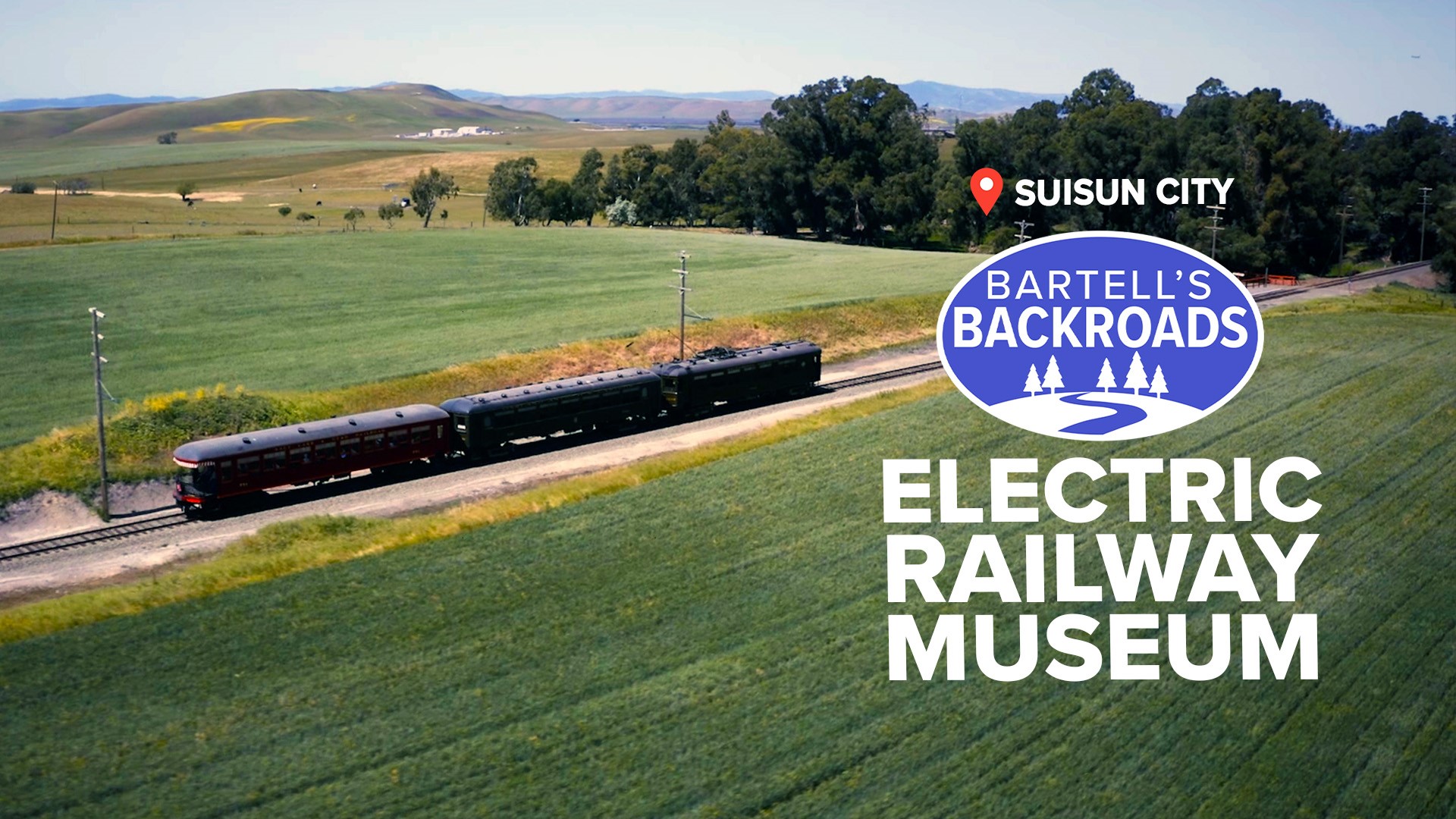CALIFORNIA, USA — This story was originally published by CalMatters.
After a decade of cost, schedule, technical, regulatory, personnel and legal problems, the California high speed rail project will be getting an inspector general soon as part of a deal between Gov. Gavin Newsom and the Legislature.
The new investigative position is intended to intensify oversight and improve performance of the $105 billion railroad project. Enthusiasm for the change is high, but whether it will fix everything is uncertain, even among state leaders.
“There is nothing but problems on the project,” said Speaker Anthony Rendon, a Lakewood Democrat. “The inspector general provides oversight and some sense of what is going on with management. That has been missing for a long time.”
But will it work?
“We don’t know,” Rendon said. “We need to be vigilant. The IG will provide what we need to carry that out.”
Until now, a variety of outside agencies have advised the Legislature and the governor on the project, resulting in recommendations that often were not carried out. In some cases, they required changes that nobody had the power to make and in other cases carried too high a political price with outside interest groups.
In 2012, the Legislative Analyst’s Office recommended against an appropriation to start construction, arguing the California High-Speed Rail Authority wasn’t prepared. Gov. Jerry Brown lobbied the Legislature for it and won. Now, many agree the LAO was right. The Peer Review Group has long warned that the state needs a secure financing plan. But the project proceeds without one.
Such outside advisors have lacked the resources and the mission to intensively delve into the day to day work of the rail project, its army of consultants and its stable of international contractors.
“The IG will bring a level of oversight that we have not had before,” said Helen Kerstein, the lone bullet train expert at the Legislative Analyst’s office. “This is very powerful.”
The law creating the inspector general lists a wide range of authorities the new office will have: full access to all the project’s records; authority to review contracts and change orders; and issuing subpoenas for witnesses and records, among much else.
“It is not some person sitting in a basement,” said Laura Friedman, chair of the Assembly Transportation Committee who is widely credited with pushing through the inspector general idea. “It is going to be staffed. It is going to be real.”
That would include investigating waste, fraud and abuse, as well as working with law enforcement and prosecutors, she said.
What the position might look like
How big an organization will it require? So far, there is no budget. But the IG would be paid the same as the IG for the Bureau of Prisons and Rehabilitation, who makes $192,382 and will have a staff of 212 in the coming fiscal year.
Fred Weiderhold, a West Point civil engineer who served for 20 years as Amtrak’s inspector general, said if he were taking the California job, he would want to start with a staff of at least 50 people, half auditors, 30% investigators and 20% inspectors and evaluators.
“It is a daunting job,” Weiderhold said about the California project. “You have to follow the money. I guarantee you that on any project this large you will have fraud, product substitution and waste.”
By the time Weiderhold left as Amtrak inspector general, he had helped put several hundred people in jail and caused 2,000 people to be fired.
The high speed rail inspector general will not have authority to control actual spending, a decision that was considered and rejected by Newsom.
A more aggressive plan was followed by the Massachusetts Bay Transportation Authority in 2015, when it faced a breakdown in Boston area service and spiraling capital cost overruns. State lawmakers fired the authority’s existing board and installed a new Fiscal and Management Control Board.
Estimated construction costs on a 4.3 mile extension of a light rail line had grown from $1 billion to $2 billion, said Joe Aiello, the board’s chair. The board stopped work, threw out existing contractors and put in an independent team to evaluate what was going wrong, he said.
“There was outrageous scope creep,” Aiello said.
By the time the board was dissolved last year, the construction cost had been hammered back down to $1 billion, he said.
State still needs actual train
Even while increasing oversight, the deal doubles down on the bullet train mission. An appropriation will release $4.2 billion from a 2008 bond fund, but only for completing a 171-mile Central Valley segment from Bakersfield to Merced.
“They need to deliver something soon that the public understands is a train,” Friedman said.
Newsom met another Assembly demand by adding $3.5 billion for transit projects in the Bay Area and Southern California, as well as $300 million to fix an Orange County Amtrak rail that is ready to fall into the Pacific.
“You can’t have enough oversight on a project like this,” Friedman said. “This is not a minor change. It will be a very big change for the project.”
CALmatters.org is a nonprofit, nonpartisan media venture explaining California policies and politics.
ABC10: Watch, Download, Read
Watch more from ABC10: Why haven't we received our stimulus check from last September? | Why Guy



















